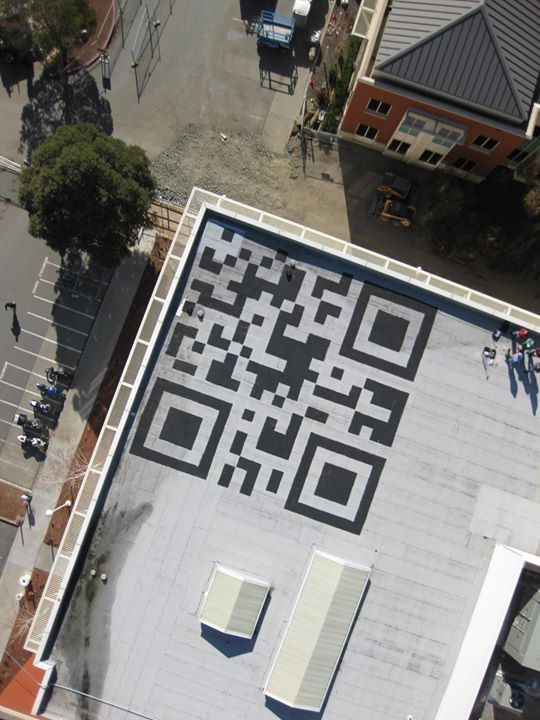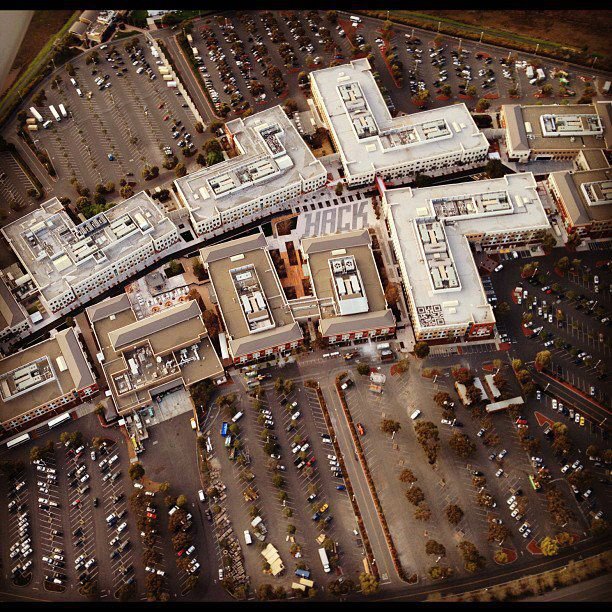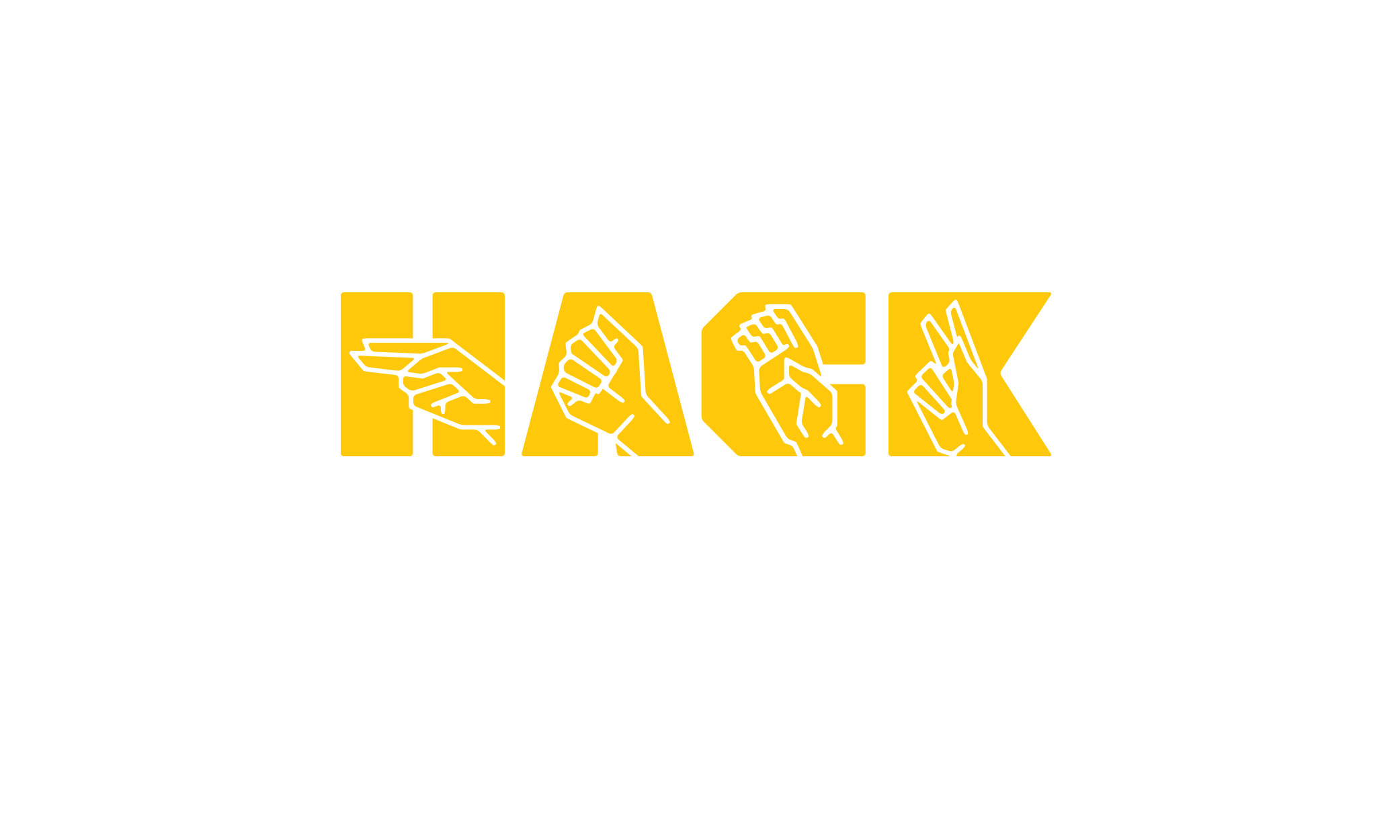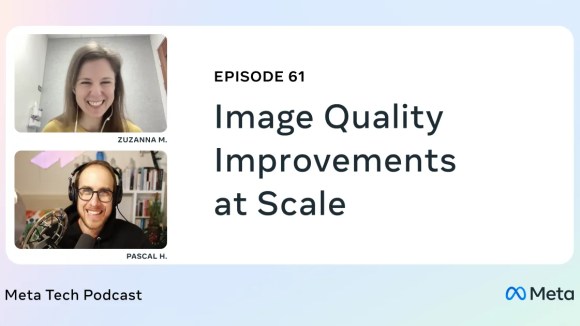When the last of the employees moved in to our new Facebook headquarters in Menlo Park, Mark Zuckerberg announced a “Space Hackathon.” His post encouraged everybody to decorate the new space to make it our own—tag the walls with spray paint, hang cool posters, and hack the building with some patented Facebook personality. But a few of us interpreted the call to action a bit too literally. We decided that we wanted our “space hack” to actually be visible from space. We wanted to hack the globe.
It started with a comment on Zuck’s post. I wrote, “Hack yeah! I’d like to paint a gigantic QR code somewhere so we can RickRoll online maps, or point people to our careers site, or send them to a ‘Clarissa Explains it All’ GeoCities Page.” By the end of the day, that comment had nearly 50 Likes. I still wasn’t sure if people were seriously interested, so I started a Group. When over 100 people joined, it was game on.
We spent the next few days planning out the logistics of how to put a QR Code on the roof of Facebook’s office. Building materials were debated intensely:
“Should we build it out of wood?” Too costly. Too hard to get up on the roof. It’ll rot. It’ll blow away.
“How about tile?” Too heavy. Too expensive. Too difficult to paint.
“Has anybody actually been up there yet? What if we just paint directly on the roof?” Problem solved.
An engineer on the team realized that the shorter the URL stored in a QR code, the less complex the QR code needs to be. We figured that meant (a) less painting, and (b) a better chance that the code could be scanned from space. We went ahead and purchased http://fbco.de and the QR code pixels fell into place from there.
At Hackathon 29, a couple dozen engineers, designers, and members of our operations team climbed up on the roof armed with chalk, twine, paint rollers, a few drums full of black paint, and some cold beer. Some engineers in the crowd determined the optimal orientation of the grid, consulting satellite print-outs and knowledge of local flight paths. Meanwhile, a few of us got to work chalking out a 42′ square with 2′ pixels. After we triple-checked the layout, we started putting down paint and hoping we didn’t mess anything up. I felt like a digital Tom Sawyer convincing folks to come up to the roof to paint this funny project—instead of whitewashing a fence, we were laying down a QR code. Just before midnight, we finished up the last pixel and posed for a group picture. In the dark of the night, we had no way of knowing if we had succeeded.
Watch the video of the team putting up the QR Code here.
The next day, one of our resident remote control enthusiasts strapped a Canon SD790IS camera to a tiny quadcopter and headed up to the roof at lunchtime. We were all nervous about whether the code would scan and eagerly awaited for photo evidence to be posted to our Group. We were like NASA mission control, repeatedly refreshing our browsers in nervous anticipation. Then at 2:38pm PT, we finally got the aerial view.

And so we had a QR code that was scannable from space, or at least from a plane. Not only was this Hackathon project a great success, but it was also an awesome example of why I love working here. Even with an idea as crazy as painting a 42′ foot grid on the roof of a building, nobody stopped us. All my co-workers reacted the same way: “What can I do to help?” Whether it was the mobile engineer who worked on the QR code landing site, the application engineer with carpentry skills, the marketing intern who helped brainstorm our launch plan, or the facilities team who pointed us to the ladder, everyone came together for the sake of building something fun.
So the next time you zoom in on Facebook from a satellite map or find yourself flying into SFO, take a close look at our roof. In the meantime, Like the FB QR Code Page for updates. We can’t promise you wont be Rick Rolled, but we can promise something cool.

Mark Pike is an associate on the User Operations, Intellectual Property team.










